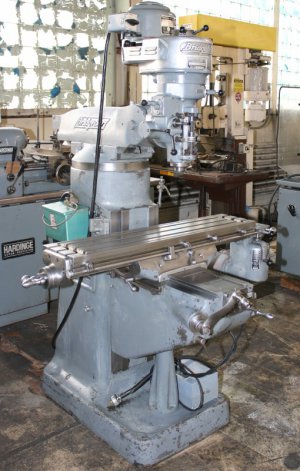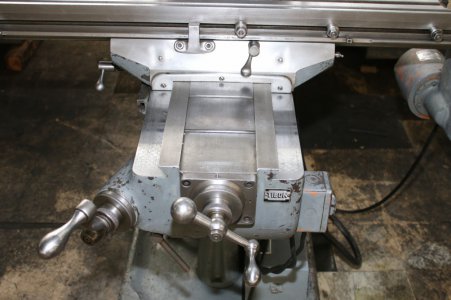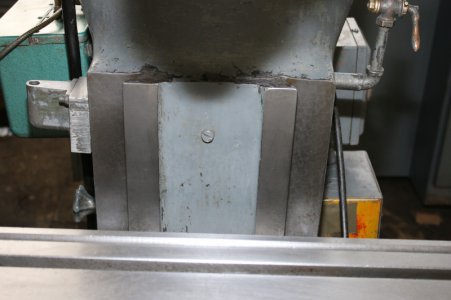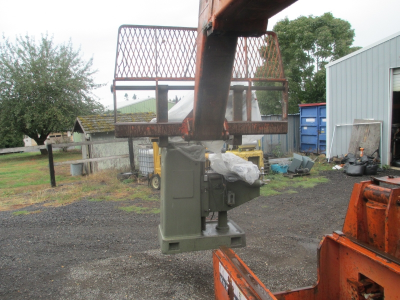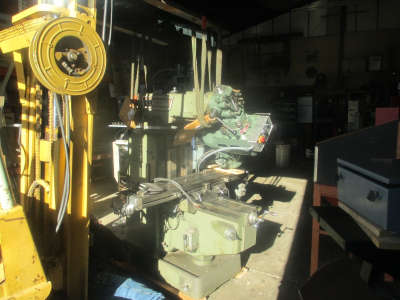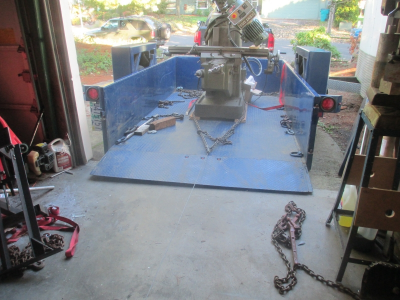Yeah, for the life of me I cant imagine why you would want to feed upwards, maybe some kind of funky upwards slot cutting or something>
One last question: is there any real physical difference between the 1 -> 3 hp bridgeports? eg: if I need to could I get a higher power motor for this without having to replace a large portion of it?
One last question: is there any real physical difference between the 1 -> 3 hp bridgeports? eg: if I need to could I get a higher power motor for this without having to replace a large portion of it?


